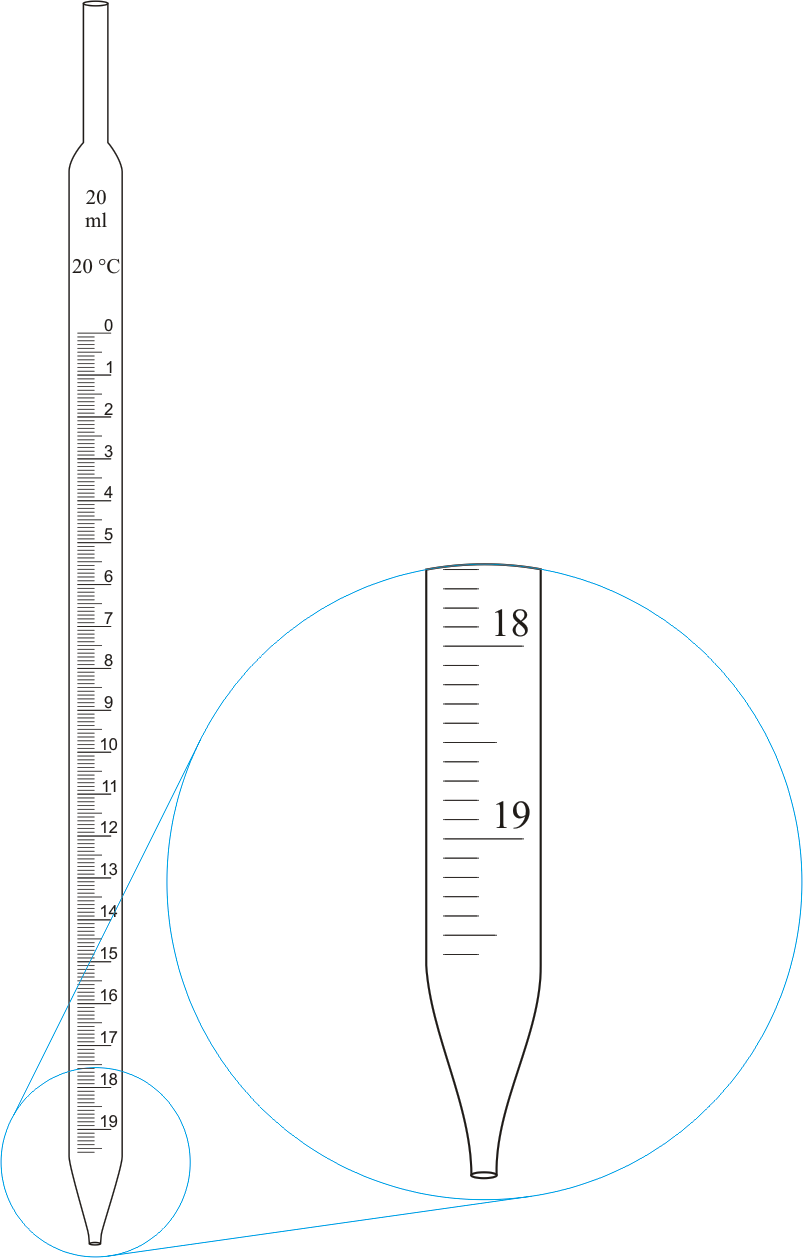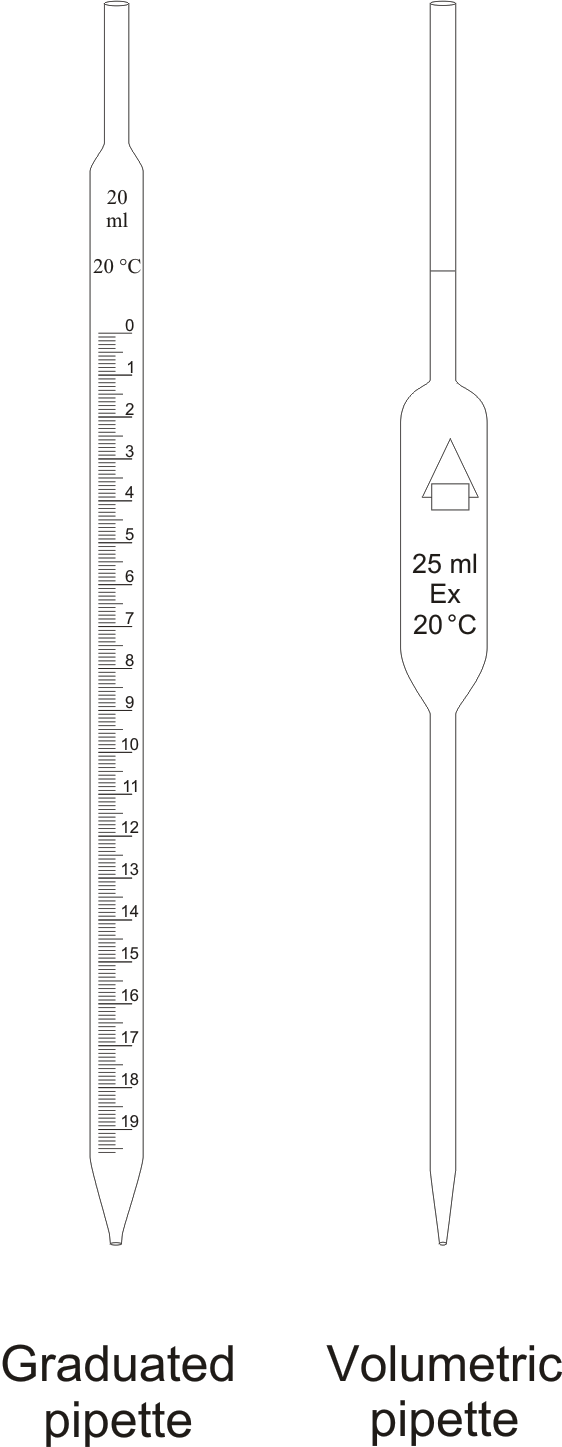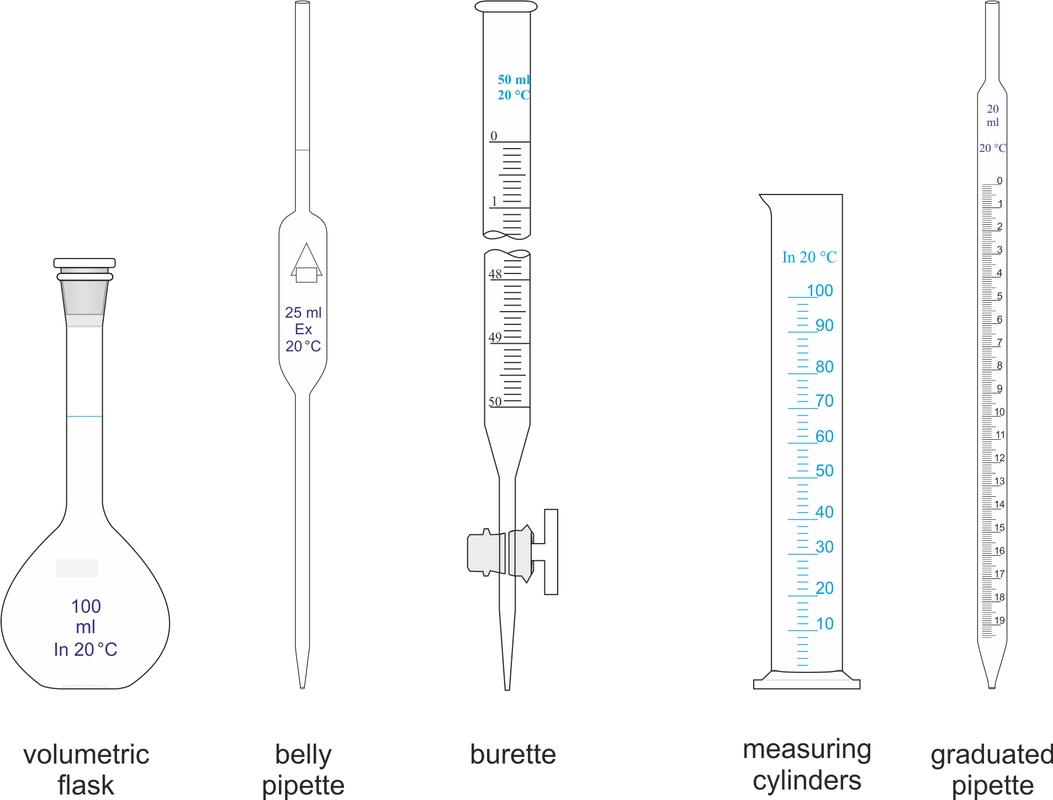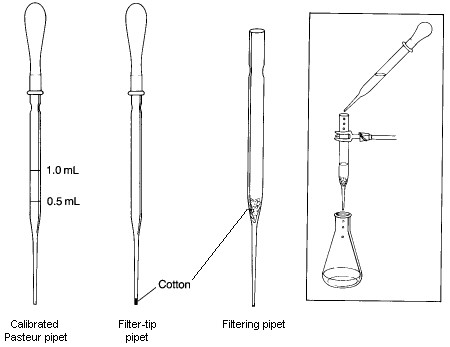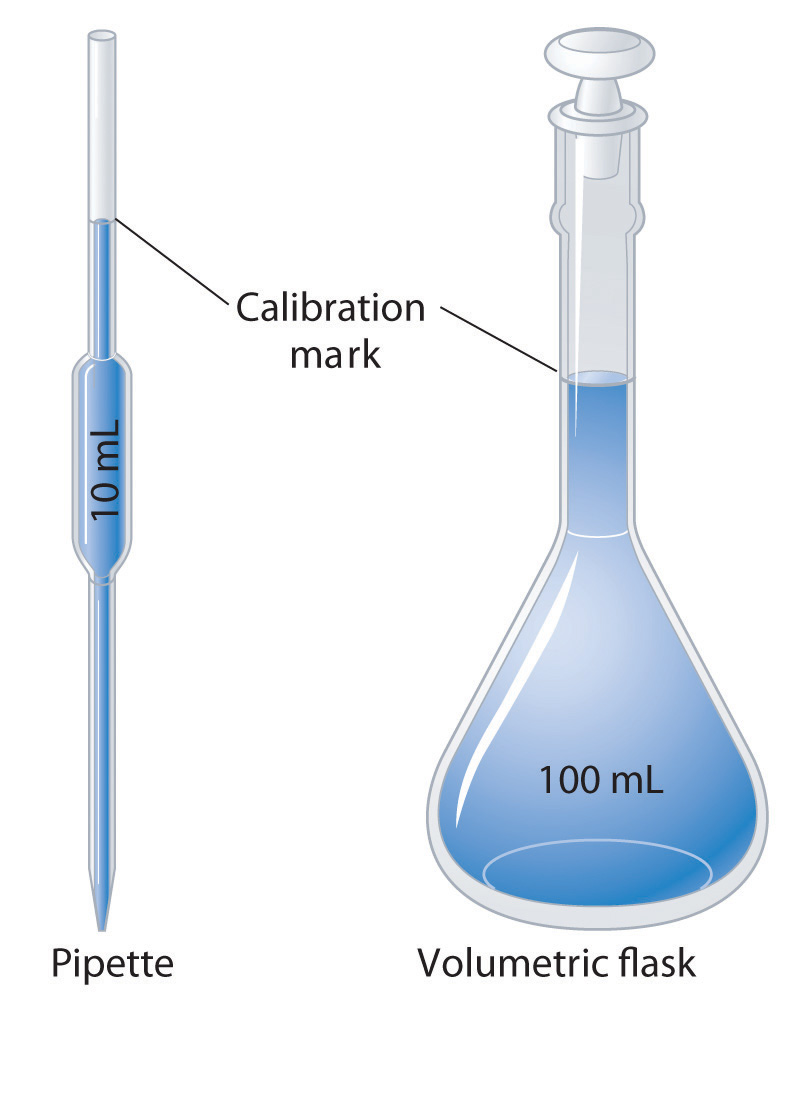Diagram Of Pipette In Chemistry
The burette tube carries graduated marks from which the dispensed volume of the liquid can be determined.
Diagram of pipette in chemistry. One of his specialities is writing on chemistry. Pasteur pipettes come in various lengths and are usually sold in boxes of hundreds. Chemistry tr to transfer or measure out a liquid using a pipette. A piper diagram is a graphical representation of the chemistry of a water sample or samples.
Meniscus in chemistry lab measurements. This may seem obvious but people often disregard safety protocols for one reason or another putting themselves and those around. Most liquids including water present a concave meniscus. They are usually glass tubes tapered to a narrow point and fitted with a rubber bulb at the top.
To prevent damage when drawing in a liquid place the pipette 14th of an inch from the bottom of your container. The combination of the pasteur pipette and rubber bulb has also been referred to as a teat pipette. The cations and anions are shown by separate ternary plotsthe apexes of the cation plot are calcium magnesium and sodium plus potassium cations. When the required volume has been drawn up gently tap the side of the pipette to remove excess droplets.
A good example of this shape of meniscus may be seen with mercury in a glass container. The two ternary plots are then projected onto a diamond. Chemistry a calibrated glass tube drawn to a fine bore at one end filled by sucking liquid into the bulb and used to transfer or measure known volumes of liquid. Pipettes come in several designs for various purposes with differing levels of accuracy and precision from single piece glass pipettes to more complex adjustable or electronic pipettes.
Jonny ringo first and foremost loves to read and write. The apexes of the anion plot are sulfate chloride and carbonate plus hydrogen carbonate anions. It might seem easy but its important to get it right because youll use a pipette in many of your experiments so if you consistently employ bad technique it could ruin many of your results. Then place your finger over the end or gently squeeze the bulb at the end depending on the type of pipette.
Recently i re read some notes i had lying around in order to prepare a class i had to give to a group of first year undergraduates and found out that there is a class of glass pipettes which need to be blown out in order to deliver the nominal volume correctly. A convex meniscus sometimes called a backwards meniscus is produced when the molecules of the liquid are more strongly attracted to each other than to the container. The first and foremost rule of any laboratory is to be safe. A pipette is a laboratory tool commonly used in chemistry biology and medicine to transport a measured volume of liquid often as a media dispenser.
Ive never blown out the last drop of any glass pipette ive ever used during my undergraduate studies. A burette is a volumetric measuring glassware which is used in analytical chemistry for the accurate dispensing of a liquid especially of one of the reagents in a titration.
